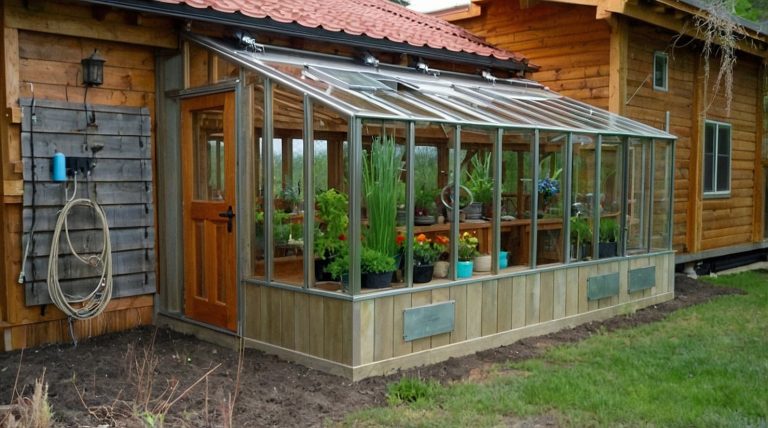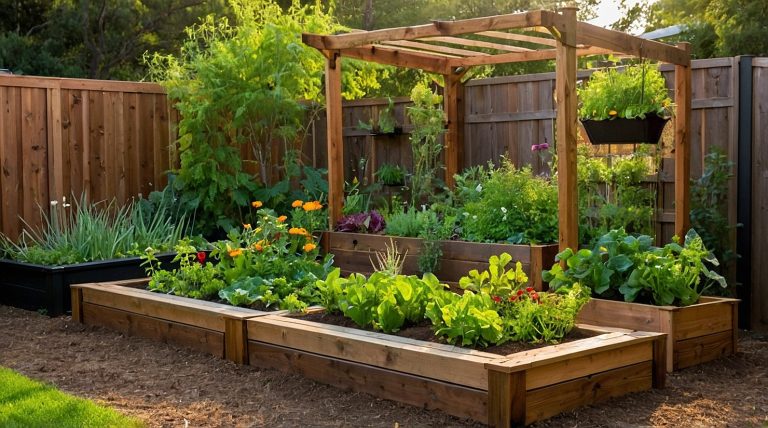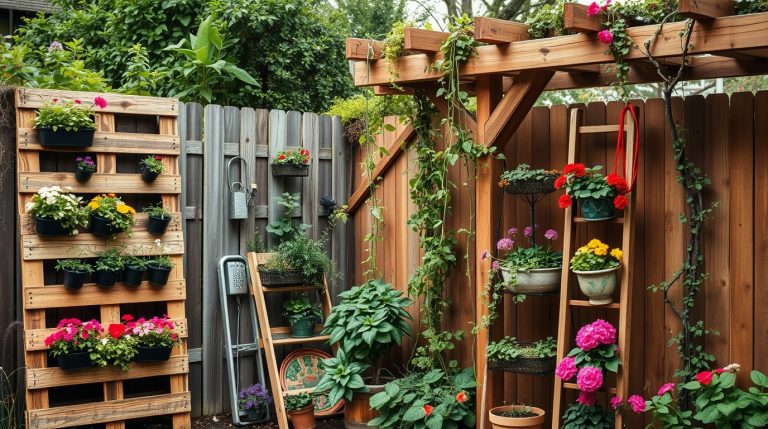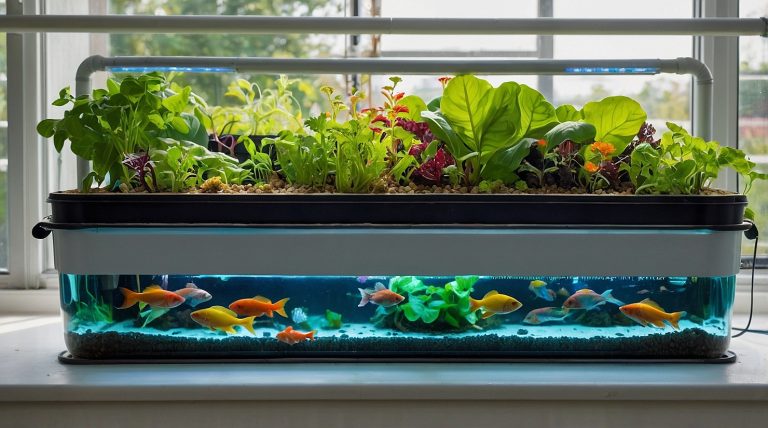Essential Guide to Thriving With Off Grid Gardening
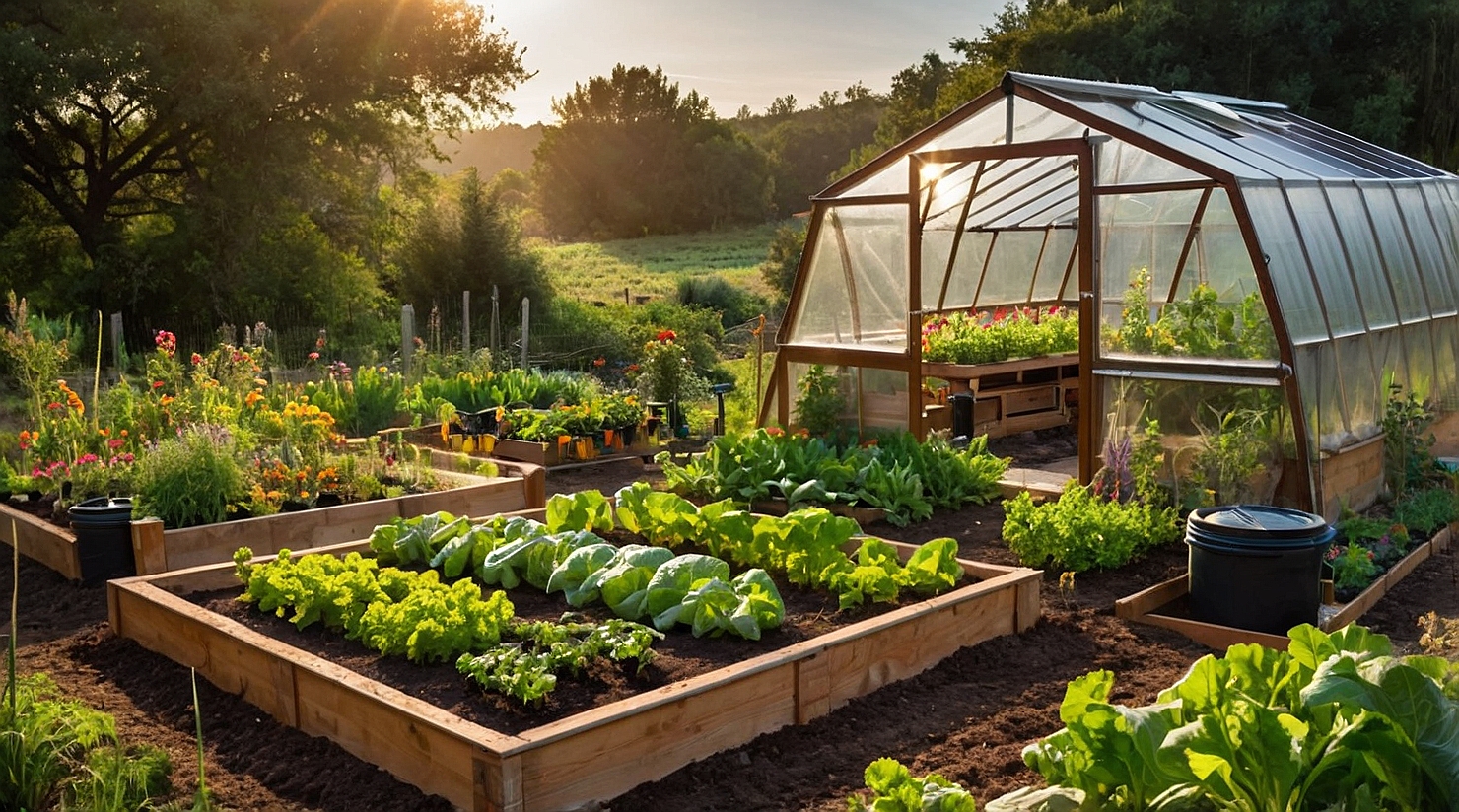
Starting an off grid gardening journey is a step toward independence, resilience, and a stronger bond with nature. More than just planting a vegetable garden, it’s about creating a sustainable way to grow food while relying on natural resources. With careful planning, you can build a thriving off-grid garden that produces fresh, healthy harvests year after year.
Many first-time off-grid gardeners overlook critical factors like soil quality, water availability, and weather patterns, which can lead to frustration. This guide will equip you with the knowledge to overcome challenges and create a garden site that thrives for years to come.
Building and Planting Your Off-Grid Garden
Laying the Foundation With Healthy Soil
The success of off grid gardening begins with the quality of your soil. Conducting soil tests helps identify deficiencies and determine the best ways to enrich your garden site. Healthy soil supports strong plant growth and increases your garden’s productivity.
Improving soil quality starts with adding organic material. Amending the soil with compost, manure, or mulch enhances fertility and structure. You can purchase compost or create your own by building a compost pile, which provides a sustainable way to recycle plant waste and enrich your vegetable garden.
Starting Small and Planting Wisely
If you’re new to off grid gardening, starting small allows you to focus on improving soil conditions and understanding your land. Direct-sow hardy seeds while starting delicate plants indoors to ensure strong early growth. A raised garden bed facing southeast takes advantage of the morning sun, helping young plants establish quickly.
Microclimates within your garden bed can influence plant health, so consider these when choosing where to plant. Placing heat-loving crops in the sunniest spots and shade-tolerant plants in cooler areas ensures balanced growth. Factoring in weather patterns will help you make informed planting decisions.
Using Cold Frames for Protection and Season Extension
Building cold frames is a simple, cost-effective way to protect young seedlings. These structures create a controlled environment, shielding plants from sudden temperature drops and harsh winds. In colder regions, cold frames extend the growing season, helping to provide warmth for vulnerable crops.

A well-placed cold frame allows you to grow fresh produce beyond the usual growing season. This is especially useful for root vegetables, leafy greens, and other hardy crops that thrive in cool conditions. By incorporating cold frames into your off grid gardening efforts, you can maximize your harvest and enjoy homegrown food year-round.
Essentials of Off Grid Gardening
Choosing the Right Garden Site
Laying the groundwork for a thriving off grid gardening setup starts with selecting the ideal garden site. Key factors include direct sunlight, soil quality, water availability, and natural vegetation. Most plants in a vegetable garden require at least six hours of sunlight per day to grow strong and produce a good harvest.
Evaluating the soil is essential. Some areas may require amendments or raised garden beds to improve drainage and fertility. A raised garden bed facing southeast captures the morning sun, extending the growing season and helping to provide warmth in cooler months. If soil conditions are poor, composting or adding organic material can significantly enhance soil quality.
Microclimates play a crucial role in off grid gardening efforts. Warmer zones within your garden bed can support heat-loving crops, while cooler spots are ideal for shade-tolerant plants. Factoring in weather patterns will help maximize your planting strategy and ensure plants are positioned for optimal growth.
Water Access and Storage
Reliable water access is a cornerstone of off grid gardening. Rainwater harvesting with barrels or tanks provides a sustainable solution, but ensuring adequate water access year-round is key. Some off-grid homesteads rely on wells and water pumps, while others may need to haul water, which could limit the size of a large vegetable garden.
Choosing the Right Plants
Selecting the best crops for your off-grid vegetable garden ensures long-term success. Each plant has specific light and water requirements, so matching them to your local climate and natural sources nearby is critical. Hardy plants and drought-resistant varieties work best in areas with limited water availability.
For shorter growing seasons, opt for fast-maturing varieties that can produce a harvest before frost sets in. In harsher climates, growing a vegetable garden indoors using containers can provide fresh food year-round. Using cold frames is another effective way to shield delicate plants from extreme temperatures, extending your season while maintaining productivity.
Essential Tools for an Off-Grid Garden
Having the right tools makes a big difference in off grid homesteading. Basic hand tools like a trowel, shovel, hoe, and wheelbarrow help reduce dependence on electricity. A small generator can assist with occasional powered tools, but focusing on energy conservation aligns with a sustainable off-grid environment.
With the right planning, plant selection, and resources, your off grid garden can flourish, providing fresh, homegrown food while minimizing reliance on external resources.
Off Grid Gardening Strategies
Permaculture Principles
A successful off grid gardening setup thrives when designed as a self-sustaining ecosystem. Permaculture principles encourage the growing of indigenous plants suited to the local climate, reducing the need for excessive watering or soil amendments. This approach helps create a balanced and resilient vegetable garden that naturally supports plant health.
Instead of working against nature, permaculture focuses on harnessing natural cycles for a low-maintenance, productive garden. By integrating companion planting, natural pest deterrents, and soil quality management, your grid vegetable garden can flourish with minimal external inputs.
Composting for Soil Health
Composting is a key component of off grid gardening efforts, enriching the soil while minimizing waste. Turning kitchen scraps, leaves, and yard debris into nutrient-rich black gold improves soil structure, boosts fertility, and enhances moisture retention. A well-managed compost pile can provide long-term benefits for your raised garden bed and overall garden site.
Starting a composting system is simple and highly beneficial. Whether you use a compost bin, a pile, or a vermicomposting setup, adding organic matter regularly ensures steady nutrient availability. Incorporating compost into your garden bed promotes healthier plant growth, stronger root development, and increased productivity for your off-grid garden.
Water Conservation Techniques
Water is a valuable resource in off grid gardening, making conservation strategies essential. Rainwater harvesting using barrels, tanks, or ponds provides a sustainable water source while reducing reliance on external supply. Positioning your garden bed facing southeast can maximize morning sun exposure, reducing evaporation and helping to retain moisture.
Using mulch around plants helps retain soil moisture, suppress weeds, and regulate soil quality. Drip irrigation or ollas—clay pots buried in the soil that slowly release water—can further optimize water availability, ensuring deep root hydration with minimal waste.
Companion Planting for Pest Control
Natural pest control is key in an off grid vegetable garden where chemical pesticides aren’t an option. Companion planting involves placing plants together that benefit each other, such as marigolds to deter nematodes or basil to repel mosquitoes and aphids. This method reduces pests naturally while improving plant health.
Certain plants, like nasturtiums, act as trap crops, drawing pests away from more delicate vegetables. Strong-scented herbs like rosemary and lavender can confuse insect predators, protecting your vegetable garden without harming beneficial insects. By incorporating companion planting, your off grid gardening efforts can maintain a balanced ecosystem with fewer pest problems.
Making It Last: Year-Round Off Grid Gardening
Extending your off grid gardening efforts beyond the usual growing season requires the right tools and techniques. Season extenders like cold frames protect crops from frost, allowing you to grow food well into cooler months. These structures trap heat, providing warmth for delicate plants and helping to sustain a productive vegetable garden even as temperatures drop.
For additional protection, low tunnels create a simple yet effective barrier against cold and wind. They are especially useful for leafy greens, helping maintain steady growth during seasonal transitions. Meanwhile, row covers shield delicate seedlings from unexpected temperature swings, reducing the risk of frost damage in an off-grid environment.
In regions with harsh, short seasons, innovative storage methods help maintain a steady food supply. Root cellars store vegetables at optimal temperature and humidity levels, preserving freshness long after harvest. When combined with other food preservation techniques, they can significantly extend the shelf life of stored crops.
Preserving surplus harvests ensures you have food throughout the off-season. Methods like canning, drying, pickling, and freezing help you make the most of your yields. By incorporating these strategies, your off grid gardening setup can provide fresh and stored food year-round.
Off-Grid Inspiration and Resources
Gaining insights from the experiences of seasoned off-grid gardeners can be invaluable for your own journey. For instance, the article “Lessons from a Decade of Living Off-Grid” delves into practical advice and key takeaways from years of off-grid living, emphasizing the importance of planning and patience.
Engaging with online communities can also provide a wealth of knowledge. The “Off Grid Living and Organic Gardening” forum on Permies.com is a platform where individuals share their experiences, challenges, and solutions related to sustainable living and organic gardening.
Exploring various articles and guides can offer diverse perspectives on establishing a self-sufficient homestead. The piece “Lessons From Off-Grid Living” from Mother Earth News provides insights from a 20-year veteran of producing utility-free electricity, discussing the benefits of renewable energy sources and the importance of system maintenance.
For those interested in renewable energy solutions, the article “Autonomous building” discusses systems and design principles for creating self-sustaining structures, including information on solar power, wind turbines, and water management.
Additionally, the forum “Growing Your Own Food: Off-Grid Gardening and Permaculture in Winter” offers discussions on adapting gardening techniques to colder climates, providing practical advice on winter gardening and permaculture principles.
By immersing yourself in these resources, you can learn from the successes and challenges of others, tailoring their insights to enhance your own off-grid gardening endeavors.
FAQs About Off Grid Gardening
Conclusion
Off grid gardening is a blend of resourcefulness, sustainability, and working in harmony with nature. By starting small, learning from experience, and gradually expanding, you can build a thriving off-grid garden that provides fresh, nutritious food year-round. Challenges will arise, but adapting to weather patterns, improving soil quality, and ensuring adequate water access will lead to long-term success.
Beyond food production, off grid gardening fosters a deeper connection with the environment. Observing how your garden site responds to the seasons, utilizing natural sources nearby, and implementing permaculture principles create a self-sustaining ecosystem. Whether you’re tending a large vegetable garden or a few raised garden beds, every step toward self-sufficiency strengthens your resilience and reduces reliance on external resources.
Embrace the process and enjoy the journey. The satisfaction of harvesting food grown with your own hands, experimenting with new off grid gardening efforts, and sharing surplus crops with family or community makes the effort worthwhile. With patience, adaptation, and the right strategies, your off-grid vegetable garden can become a lifelong source of nourishment, sustainability, and personal fulfillment.

